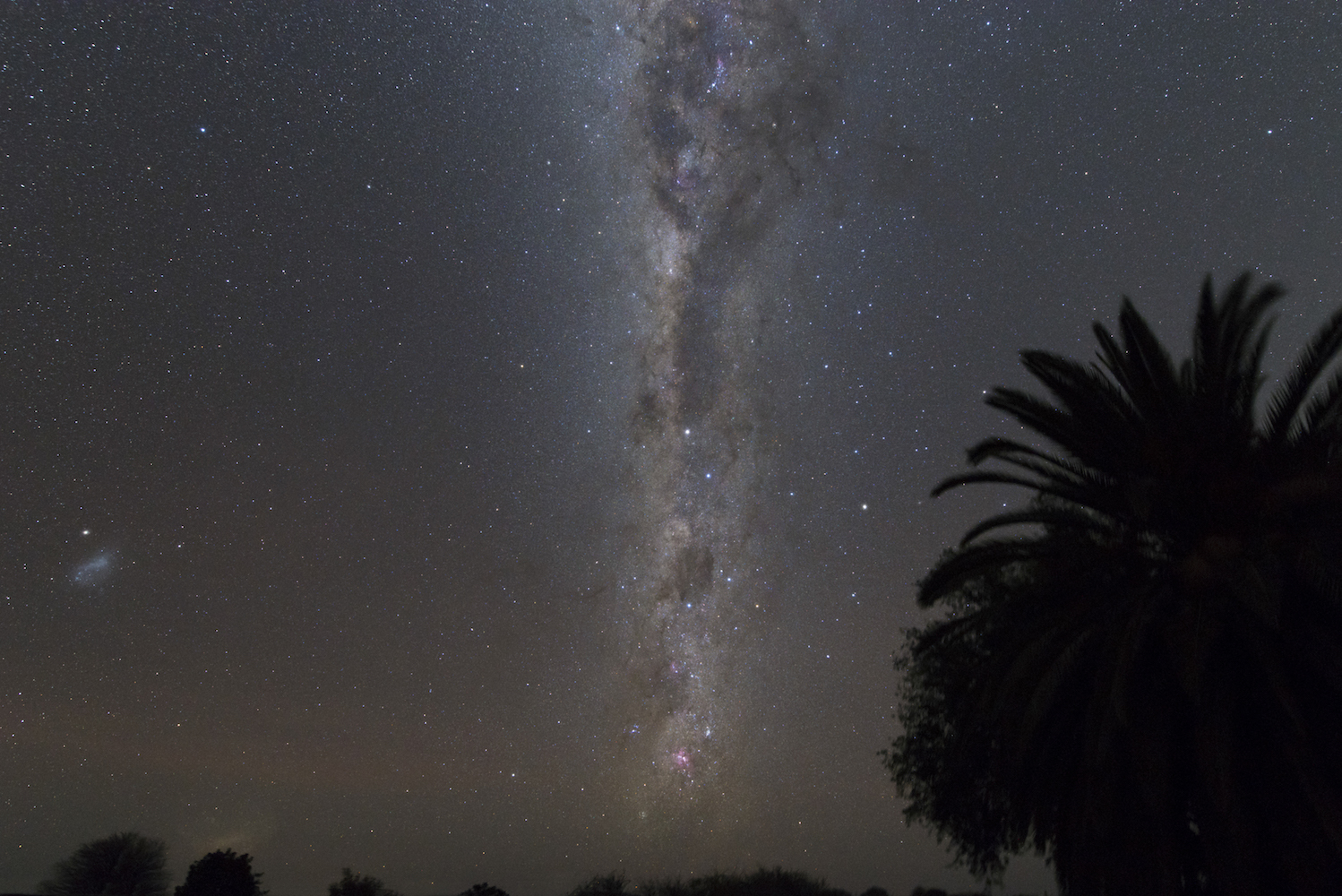
The neutron flux measures higher in the vicinity of larger, heavier objects, e.g., buildings or ships. Based on this, the effective annual dose from neutrons at sea level and 50-degree latitude is estimated to be 0.08 mSv (8 mrem).

According to UNSCEAR, the fluency of neutrons is 0.0123 cm -2s –1 at sea level for a geomagnetic latitude of 45 N. Cosmic rays interact with nuclei in the atmosphere and also produce high-energy neutrons. We also have to include the neutrons at ground level. The cosmic radiation dose rate on airplanes is so high that, according to the United Nations UNSCEAR 2000 Report, airline flight crew workers receive more dose on average than any other worker, including those in nuclear power plants. The dose rate from cosmic radiation varies in different parts of the world and depends strongly on the geomagnetic field, altitude, and solar cycle. At ground level, the muons, with energies mostly between 1 and 20 GeV, contribute about 75 % of the absorbed dose rate in free air.

Since pions are short-lived subatomic particles, the subsequent decay of the pions results in the production of high-energy muons. Subsequently, a large number of secondary particles, in particular, neutrons and charged pions, are produced due to interactions between primary particles and the earth’s atmosphere. The precise nature of this remaining fraction is an area of active research. A very small fraction are stable particles of antimatter, such as positrons or antiprotons. The energy of these particles ranges between 10 8 eV and 10 20 eV. The primary cosmic radiation consists of a mixture of high-energy protons (~87%), alpha particles (~11%), high-energy electrons (~1%), and a trace of heavier nuclei (~1%). The annual cosmic ray dose at sea level is around 0.27 mSv (27 mrem).

The remainder comes from electrons produced by the muons or present in the electromagnetic cascade. The effects of the earth’s magnetic field also determine the dose from cosmic radiation.Īt ground level, the muons, with energies mostly between 1 and 20 GeV, contribute about 75 % of the absorbed dose rate in free air. If you live at higher elevations or are a frequent airline passenger, this exposure can be significantly higher since the atmosphere is thinner here. Charged particles (especially high-energy protons) from the Sun and outer space interact with the earth’s atmosphere and magnetic field to produce a shower of radiation (i.e., air shower), typically beta and gamma radiation. The earth has always been bombarded by high-energy particles originating in outer space that generate secondary particle showers in the lower atmosphere. Cosmic Radiation Source: License: Public DomainĬosmic radiation refers to sources of radiation in the form of cosmic rays that come from the Sun or outer space.


 0 kommentar(er)
0 kommentar(er)
